Discover the essence of Japandi design, a beautiful fusion of Japanese simplicity and Scandinavian functionality. This blog post explores how to create tranquil, stylish interiors using natural materials and minimalist principles. Learn how light, colors, textures, and thoughtfully curated furniture can harmonize to cultivate a peaceful atmosphere in your home. Embrace the Japandi philosophy to achieve an inviting sanctuary that reflects both beauty and practicality, while enhancing your connection to nature through the strategic incorporation of plants.
The Essence of Japandi Design
Japandi design is an intriguing fusion of Japanese simplicity and Scandinavian functionality, creating a style that not only captivates the eye but also soothes the soul. This remarkable decor ideology prioritizes minimalism, emphasizing a clutter-free approach that encourages both aesthetic beauty and practical living. The essence of Japandi is rooted in its dual heritage, drawing inspiration from the calmness and mindfulness of Japanese interiors, alongside the warmth and comfort associated with Scandinavian design.
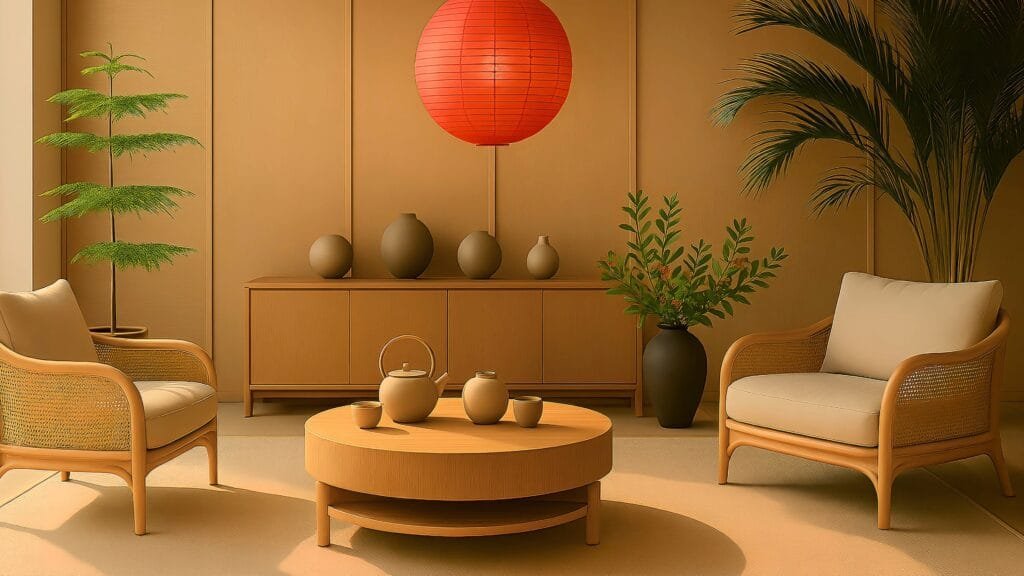
A pivotal aspect of Japandi design is its emphasis on natural materials. The style often incorporates wood, bamboo, cotton, and stone, creating a tactile environment that encourages a connection to nature. These elements contribute to a serene atmosphere, while also providing durability and sustainability, aligning with modern environmental expectations. The color palette is generally muted, featuring soft tones that evoke peace and tranquility, allowing homeowners to create their own personal sanctuary.
Please read our article watch the newly uploaded video from our YouTube channel:
“Grig Stamate – Interior Design Solutions”
https://www.youtube.com/@GrigStamate
Stylish Japandi Interiors: Where Zen Serenity Meets Nordic Edge (video)
Here, you can see other related videos from our channel:
DESIGN TRENDS, How to achieve the JAPANDI STYLE at Home (video)
56 Cozy Scandinavian Living Room Design Ideas (video)
Light plays a crucial role in Japandi interiors, where natural illumination is embraced and amplified. Large windows, open spaces, and strategic use of mirrors reflect light, making the environment feel airy and inviting. This focus on light not only enhances spatial dynamics but also reinforces the psychological benefits associated with natural surroundings. It cultivates a feeling of openness and calmness that is essential for relaxation.
Furthermore, the balance between form and functionality sets Japandi apart. Each piece in a Japandi space is thoughtfully curated, ensuring that aesthetics do not compromise utility. This harmony between style and practicality complements modern living, appealing to individuals who seek efficiency without sacrificing elegance. As such, Japandi design offers a refreshing perspective, making it an increasingly popular choice among homeowners looking for an inviting, tranquil space.
A Tour Through Stylish Interiors
The stunning combination of Japanese elegance and Scandinavian minimalism, known as Japandi, offers an aesthetic that is both tranquil and refined. This section invites you to explore an inspiring collection of nearly sixty remarkably designed spaces that capture the essence of the Japandi style across various areas, including hallways, living rooms, and bedrooms. Each featured interior is a unique expression of how thoughtful design elements coalesce to foster an atmosphere of calmness and style.
Upon entering any Japandi space, one is often greeted by an open layout that promotes a sense of airiness. Natural light plays a crucial role, with large windows enhancing the visual connect to the outdoors while softening the interior palette. The utilization of neutral colors—such as gentle beiges, soft greys, and muted browns—contributes to the serene aesthetic, facilitating a peaceful ambiance. In our tour, every living room showcases an assortment of comfortable, low-profile furniture that balances aesthetics with functionality. Pieces crafted from light woods, such as oak or maple, offer warmth while maintaining a clean and uncluttered look.
In addition to furniture choices, the inclusion of natural textiles is paramount in cultivating comfort. Soft, textured throws and cushions made from linen or cotton often adorn sofas and chairs, enhancing the inviting essence of these spaces. Furthermore, plants play an essential role in Japandi interiors. Strategically placed greenery serves to breathe life into the environment, further harmonizing with the overall serene atmosphere. The careful selection of accessories is equally vital; simple ceramics, handcrafted pottery, and minimalistic decor accentuate the space without overwhelming it.
As we journey through these inspired interiors, let these elements encourage you to embrace the Japandi philosophy of simplicity, functionality, and tranquility within your own home. Each featured interior tells a story of intentional design choices that ultimately create stylish, peaceful sanctuaries to reside in.
How to Achieve Japandi Harmony in Your Home
Achieving Japandi harmony in your home involves a thoughtful blend of minimalist design principles from Japan and the cozy, functional aesthetics of Scandinavia. To begin with, focus on selecting furniture that reflects this balance. Opt for pieces with clean lines and organic shapes, avoiding ornate details. Wood is a predominant material in both styles; therefore, consider choosing furniture made of light-toned wood, which complements both the Nordic and Japanese design philosophies. Items like low-profile sofas, simple dining tables, and handcrafted side tables can enhance the overall aesthetic.
Color plays a significant role in facilitating the serene ambiance synonymous with Japandi interiors. A harmonious color scheme should consist of neutral tones combined with muted earth colors. Shades like soft beige, warm whites, and gentle greys can create a tranquil backdrop. To add depth, introduce subtle accents through textiles or small decor items in darker shades, such as charcoal or olive green. These colors work together to maintain balance, contributing to the calm atmosphere typical of Japandi homes.
Textures are equally important in creating a comfortable and inviting space. Combine materials such as natural wood, linen, and woven fabrics to add warmth and interest. Consider using a mix of textiles, like a chunky knitted throw on a sophisticated sofa or soft cotton cushions, to enhance comfort without creating visual clutter. Furthermore, decluttering is essential to reinforce the simplicity of Japandi style. Strive for open spaces and only display items that bring joy or serve a purpose. A well-organized environment fosters tranquility and encourages mindfulness.
DIY enthusiasts can easily implement Japandi principles with some simple projects. Create decorative storage solutions or build minimalist shelving using reclaimed wood, which can both declutter your space and provide an aesthetic touch. Additionally, consider using plants to bring nature indoors; select low-maintenance options that fit the overall design without overwhelming your interior. By following these tips, you can cultivate a peaceful oasis that perfectly embodies the Japandi ethos in your home.
Embracing Nature: The Role of Plants in Japandi Interiors
In the realm of Japandi design, where the zen-like tranquility of Japanese aesthetics meets the simplicity and functionality of Scandinavian minimalism, incorporating plants plays a pivotal role. The addition of greenery not only breathes life into spaces but also enhances air quality, creating a soothing environment that aligns perfectly with the peaceful principles of Japandi style. As individuals increasingly seek to cultivate serene sanctuaries in their homes, plants have emerged as an essential element to achieve this desired atmosphere.
Specific plant types that thrive indoors can beautifully complement Japandi interiors. For instance, the elegant snake plant is known for its air-purifying qualities, while the fern adds a touch of soft texture. The inclusion of peace lilies not only brings a burst of white blossoms but also contributes positively to indoor air quality. When woven into the fabric of elegant furnishings and minimalist décor, these plants create a harmonious visual balance that embodies the essence of Japandi.
Styling plants in a Japandi setting requires a touch of intentionality. Placing them in simple ceramics or wooden planters that reflect the natural materials characteristic of Japandi design enhances the overall aesthetic. Vertical gardens or hanging planters can serve as focal points, drawing the eye and making a statement without overwhelming the senses. Furthermore, arranging plants in groups allows for a dynamic display while maintaining the minimalistic approach of this design philosophy.
Beyond their aesthetic appeal, plants offer emotional benefits as well. The presence of greenery can uplift moods and instill a sense of calm, promoting overall well-being. A light-hearted personal anecdote comes to mind; my once-struggling pothos plant unexpectedly flourished in a sunny corner, transforming into a vibrant cascade. This unanticipated growth not only brought joy but became a conversation starter for guests, showcasing the unexpected delight that plants can introduce into the home.
Other related posts from our website:
Let’s see here, three of them:
https://howtobuildahouseblog.com/design-trends-how-to-adopt-the-japandi-style-in-your-home/
https://howtobuildahouseblog.com/12-simple-habits-that-people-with-clean-homes-have/
DESIGN TRENDS, Visual Comfort, FURNITURE with SOFT FORMS
Thank you so much for your attention.
We also sincerely hope you like our ideas from this post, and you have also enjoyed our uploaded YouTube video.
See you next time at another article. Thank you so much for your time. Bye now!

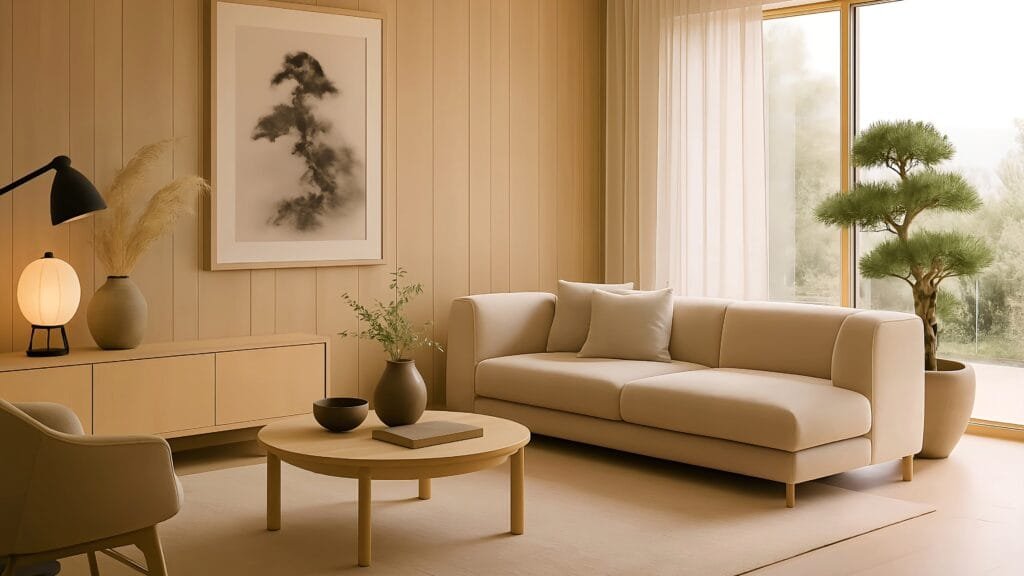
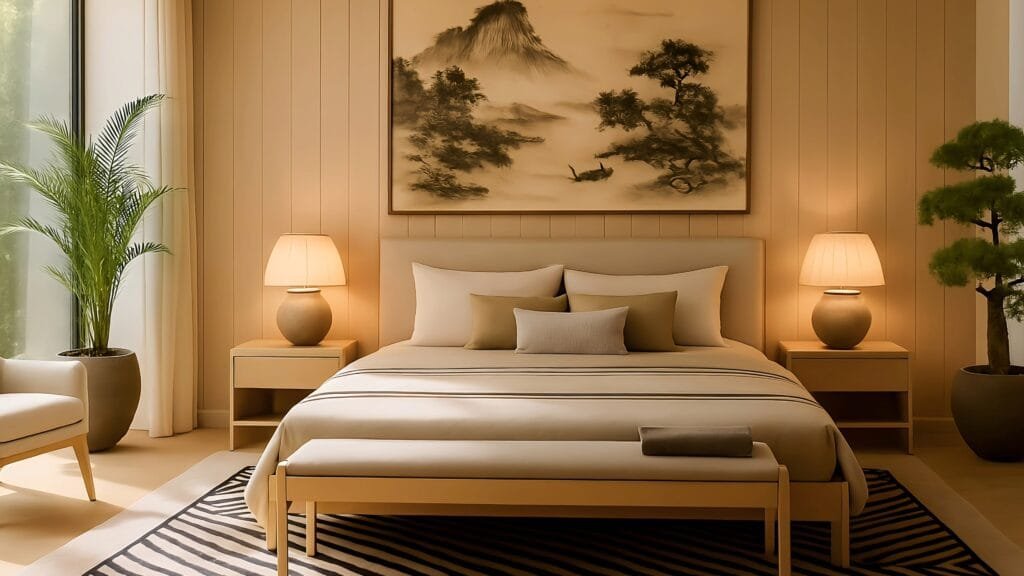

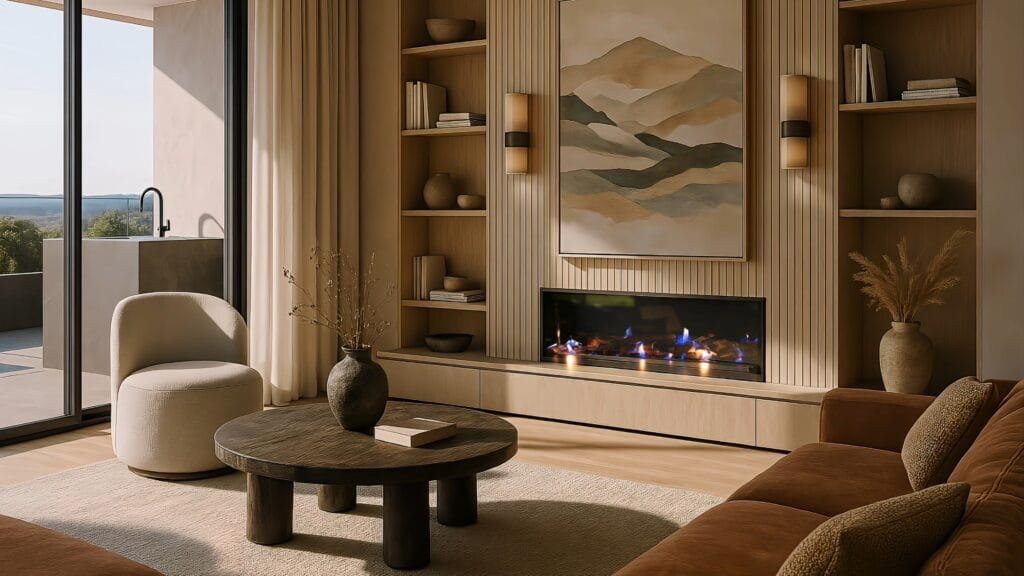
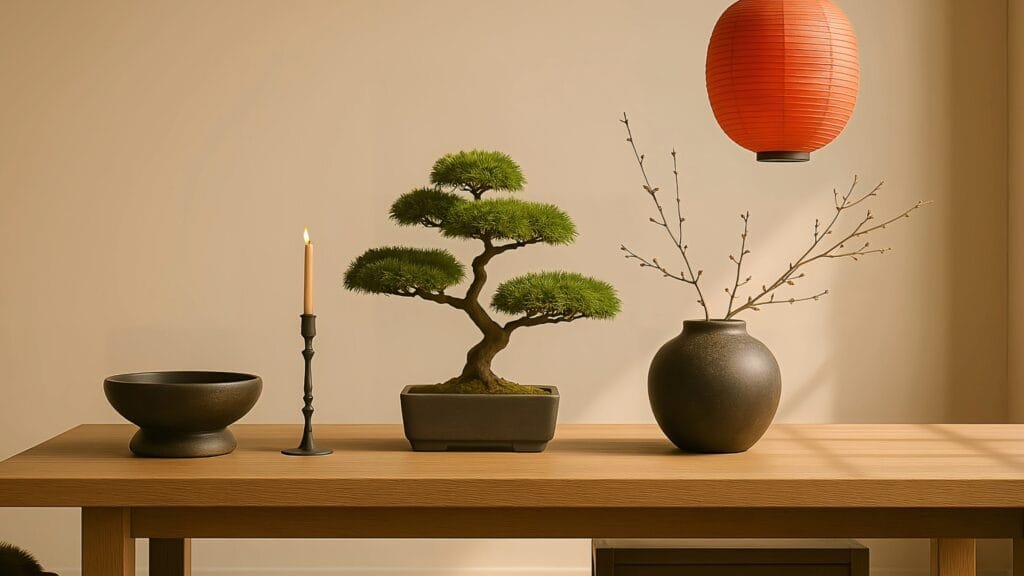
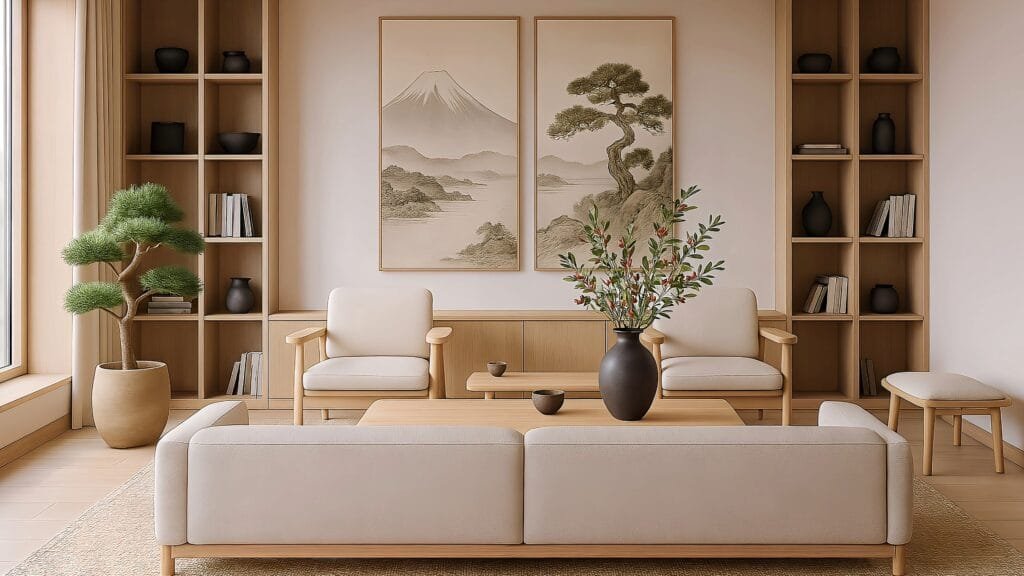
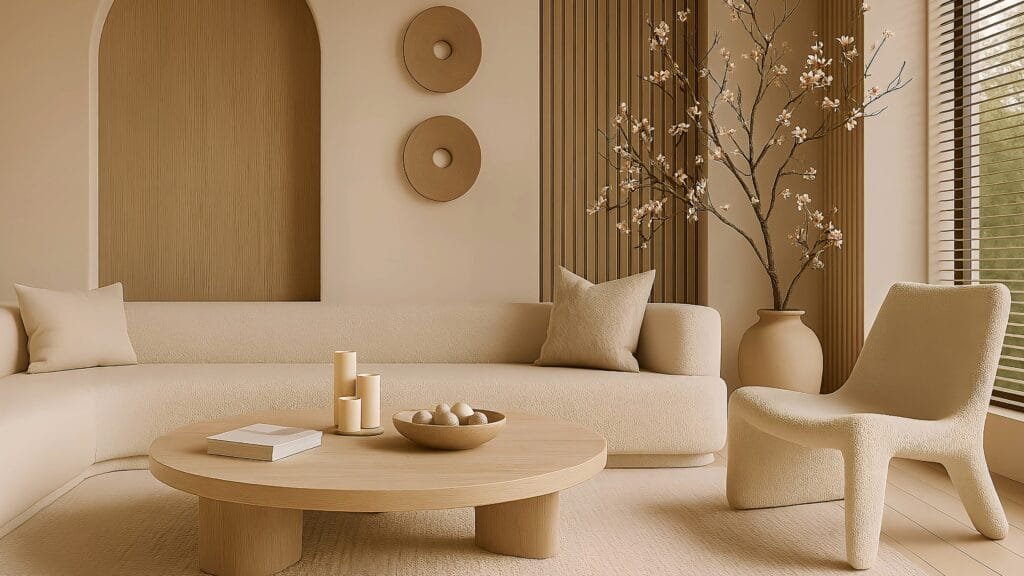
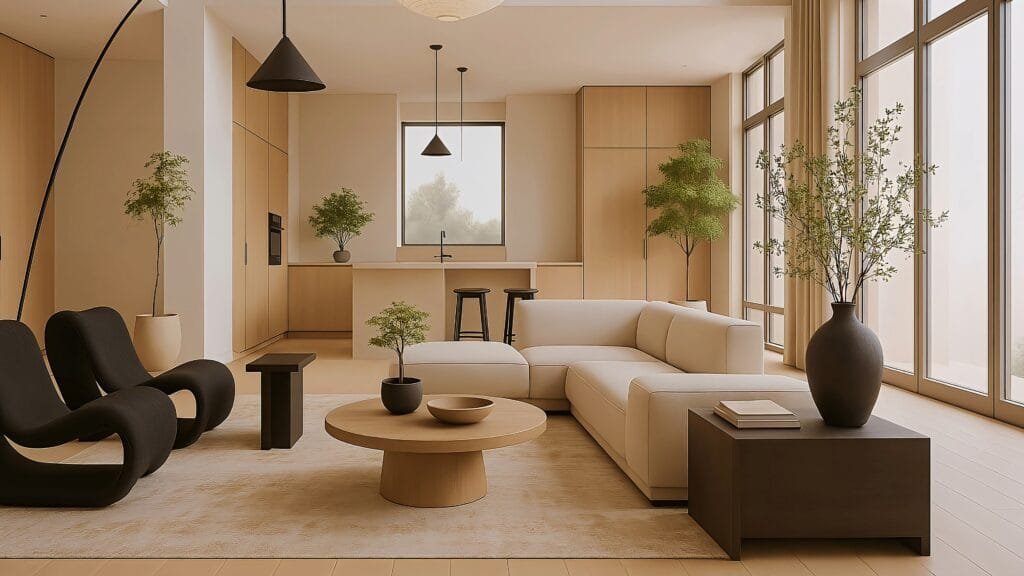
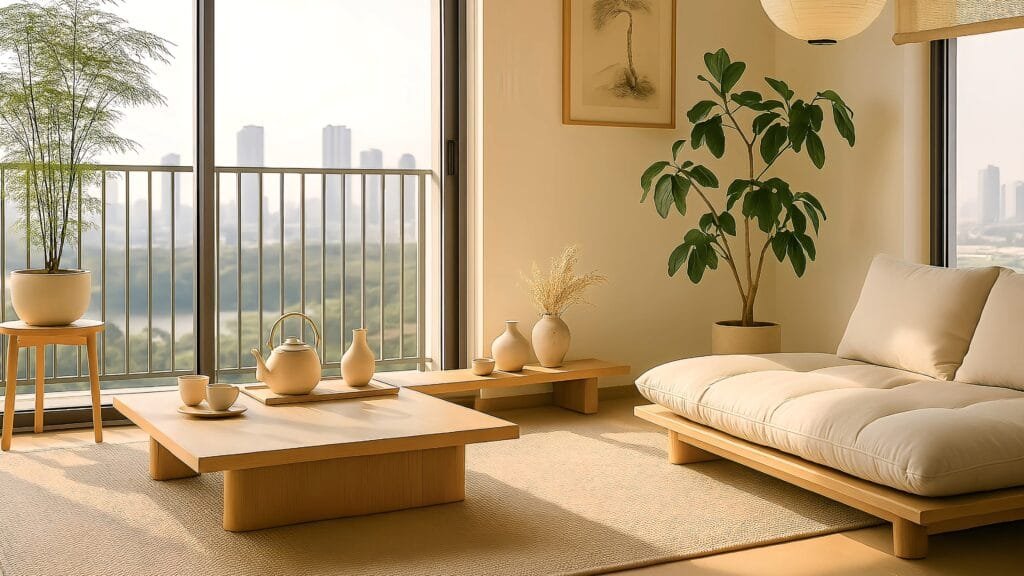

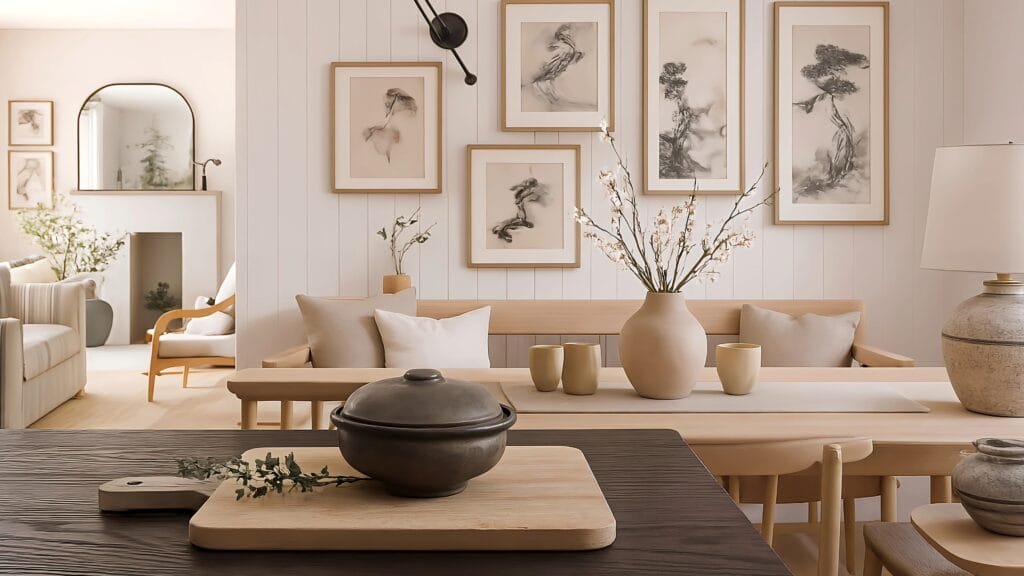
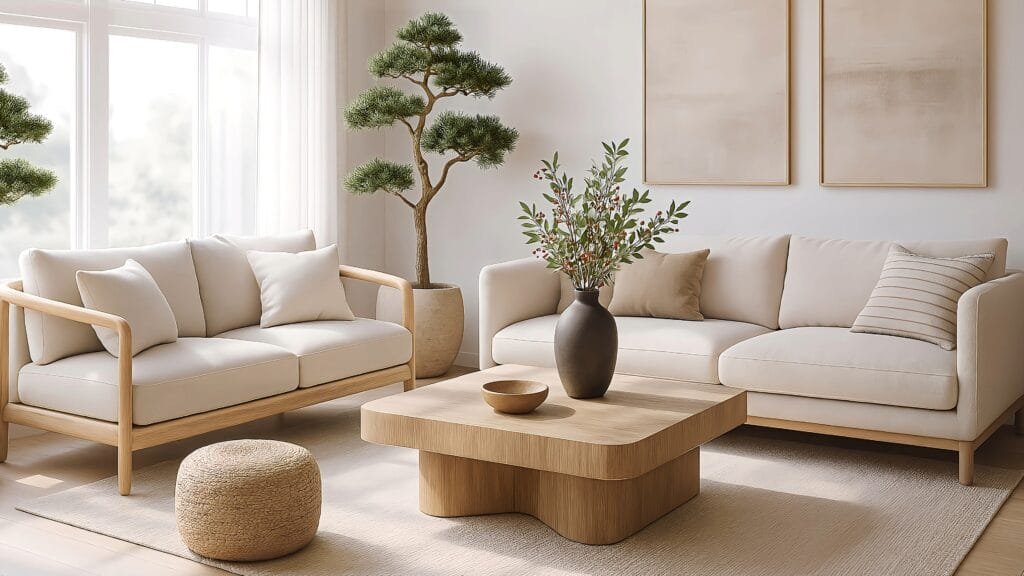
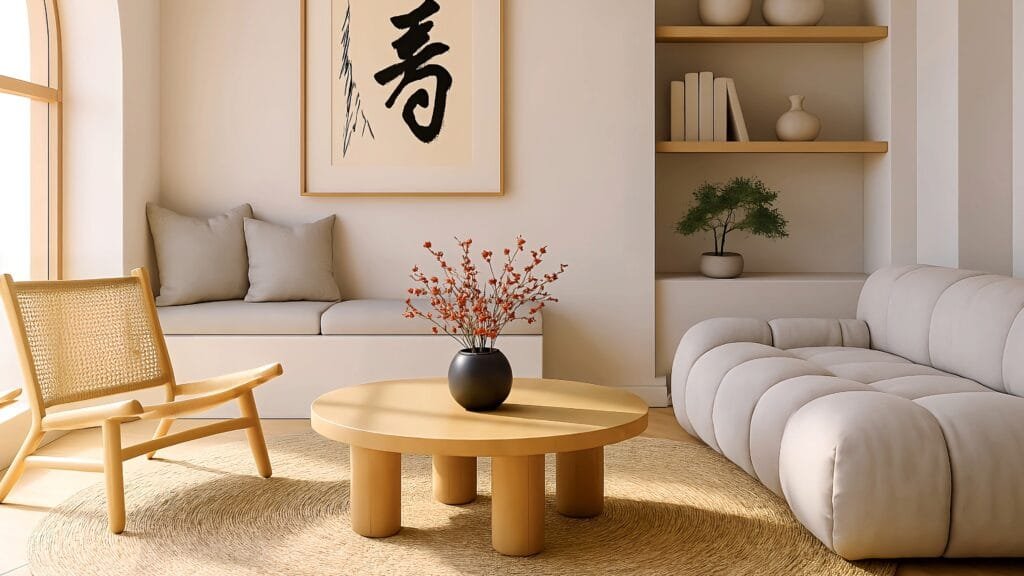




No Responses